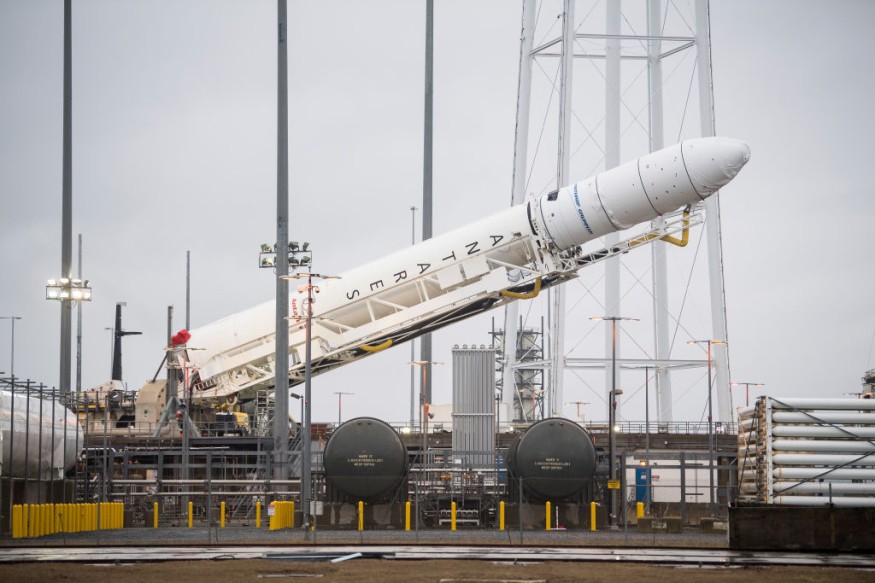Northrop Grumman Corporation, the American aerospace and defense developer, has bagged the contract from the US Space Force (USSF) to develop the prototype for its planned Evolved Strategic SATCOM (ESS) program.
The rapid prototyping phase will see the American contractor generate a preliminary design for the planned space segment, as well as a ground-based demonstration. This is the next step in the Space Force's plan to develop its modernized strategic communications space segment - including updated resilience and cybersecurity capacities.

RELATED: Spacepower is a New Military Might, According to the US Space Force Doctrine
A Gradual Successor to the AEHF System
"Northrop Grumman looks forward to building on more than 40 years of successfully delivering protected satellite communications solutions to our customers," said Cyrus Dhalla, Northrop Grumman's vice president for communications systems. Dhalla stressed that the ESS is critical to extend the US' secure satellite communications (SATCOM) infrastructure, achieving "uninterruptible connectivity without fear of discovery anywhere on the globe."
The defense company, headquartered in Falls Church, Virginia, secured the $298 million contract that will be the successor to the existing Advanced Extremely High Frequency (AEHF) system. The Northrop Grumman ESS project is expected to fully integrate before entirely taking over the AEHF in providing the nation's secure SATCOM requirements.
The series of satellites that make up the AEHF, now under the jurisdiction of the US Space Force, carry secure communications between the United States, the United Kingdom, Canada, Netherlands, and Australia. AEHF, in itself, was developed as the replacement for the older Milstar system, moving to a 44 GHz uplink and 20GHz downlink band.
According to the announcement from the US Department of Defense press release, the contract covers both hardware and software relevant to the project, with the work to be done in Redondo Beach California. The project is expected to be done by May 2015, with Northrop Grumman being the sole supplier in the project.
At the time of awarding of the contract, a sum of $31,190,000 has been granted to the aerospace and defense technology company from the fiscal year 2020 research, development, test and evaluation funds.
Northrop Grumman
According to its website, "Northrop Grumman solves the toughest problems in space, aeronautics, defense and cyberspace." The company was the result of the merger between its two predecessors - the leading aircraft manufacturer Northrop Corporation, best known for its B-2 Spirit "Stealth Bomber" aircraft, and Grumman Aerospace, which is known for building the Apollo Lunar Module. In 1994, Northrop Aircraft bought Grumman Aerospace, with Northrop Grumman later acquiring other significant companies in the aviation, aerospace, and defense industries such as radar developer Westinghouse Electronic Systems and software and comms company Xetron Corporation.
For more than 50 years we have supported human space exploration. We are proud to support the #Artemis mission. https://t.co/4YK0bBxUxN — Northrop Grumman (@northropgrumman) August 28, 2020
As the sole-source contractor on the US Space Force's Evolved Strategic SATCOM (ESS) , Northrop Grumman will be able to leverage years of its expertise in developing Military Satellite Communications Systems (MILSATCOM) payloads for joint security programs. During the development of the AEHF satellite program, Northrop Grumman participated in the project as the primary subcontractor to fellow aerospace and defense contractor Lockheed Martin Corporation, with Northrop Grumman responsible for the communication payloads.
Check out more news and information on Satellites in Science Times.
© 2026 ScienceTimes.com All rights reserved. Do not reproduce without permission. The window to the world of Science Times.










